Top Articles
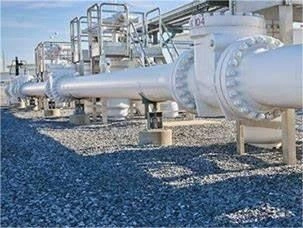
Double Block and Bleed Ball Valve
Double block and bleed ball valves saves space, weight, and labor costs where possible, while still retaining the original function of the valve....
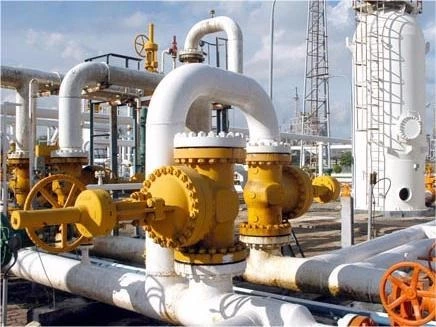
Stainless Steel Valves
Corrosion-Resistant Alloys The least corrosion-resistant alloy is normally thought of as steel AISI type 304 (18 Cr, 10 Ni). Stainless steel AISI type 316 (18 Cr, 12 Ni, ...
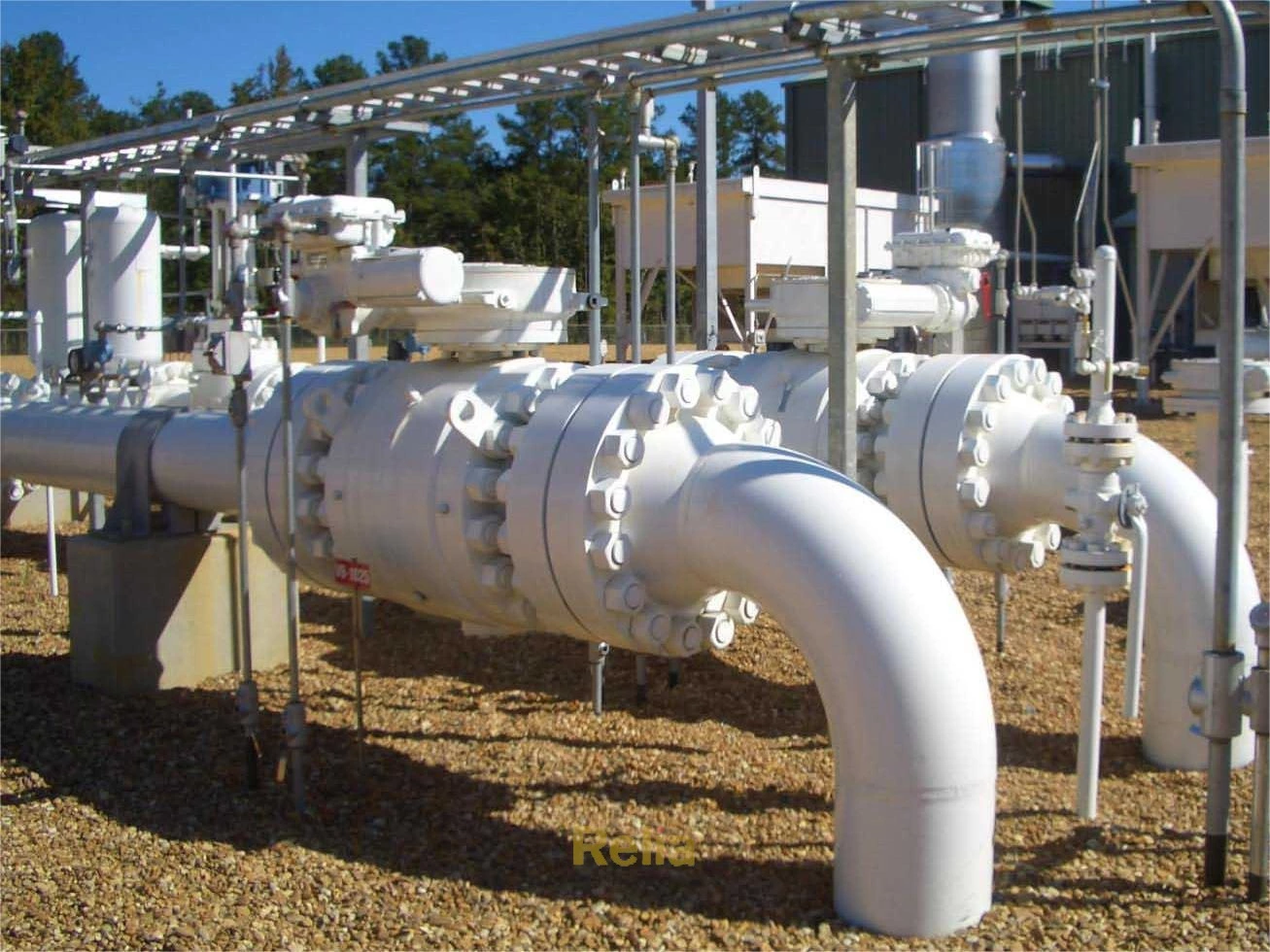
Ball Valve
Ball valves are a species of plug valves having a ball-shaped closure member. The seat matching the ball is circular so that the seating stress is circumferentially unifo...
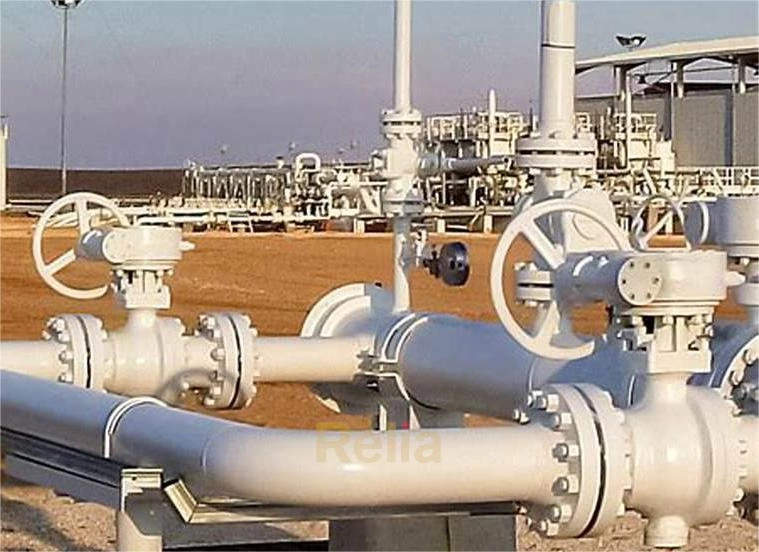
Wedge Gate Valve
Wedge gate valves differ from parallel gate valves in that the closure member is wedge-shaped instead of parallel, as shown in Figure 3-34 through Figure 3-45. The purpos...

Globe Valves
km Globe valves are closing-down valves in which the closure mber is moved squarely on and off the seat. It is customary to refer to the closure mber as a disc, irrespect...
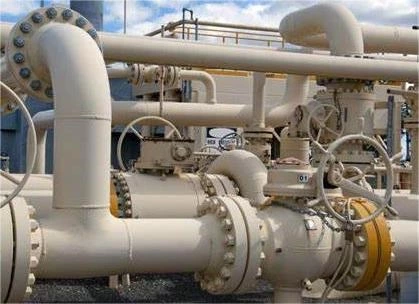
Valve Selection Criteria
The method by which the closure mber regulates the flow and the configuration of the flow path through the valve impart a certain flow characteristic to the valve, which is t...
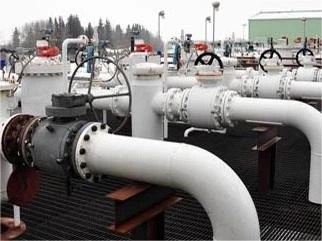
Attenuation of Valve Noise
The letting down of gas by valves from a high to a low pressure can produce a troublesome and, in extre cases, unbearable noise....
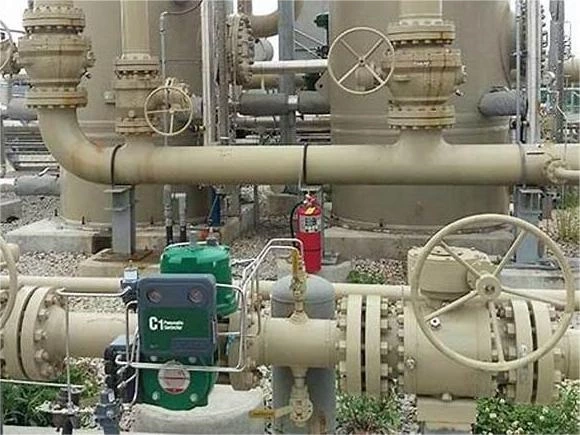
Waterhammer from Valve Operation
In the case of a liquid, this transient change in the static pressure is sometimes accompanied by a shaking of the pipe and a hammering sound—thus the name waterhammer....